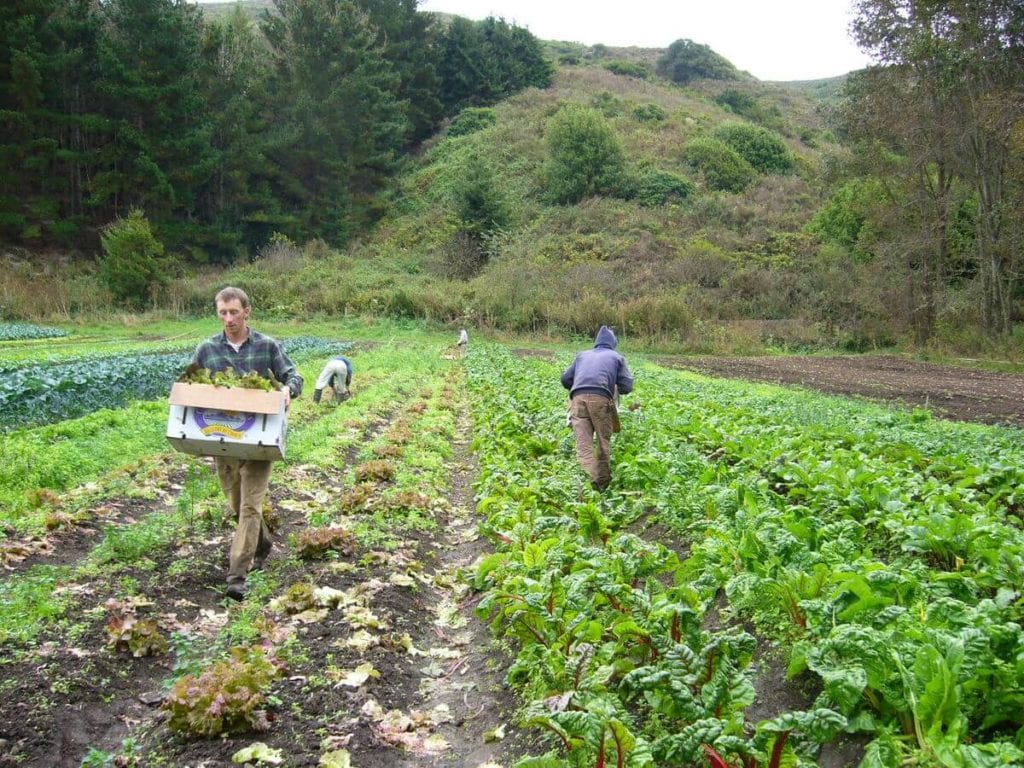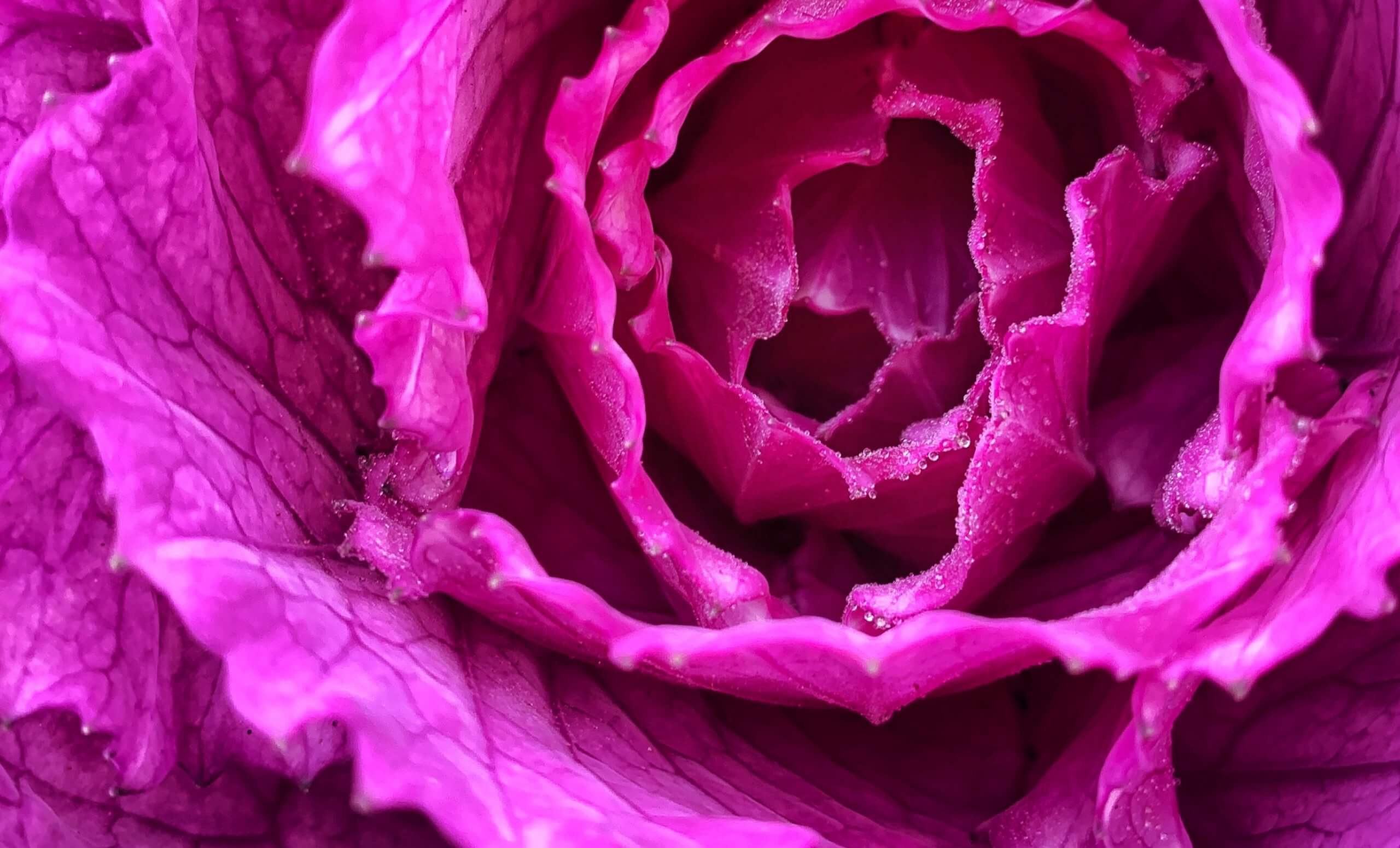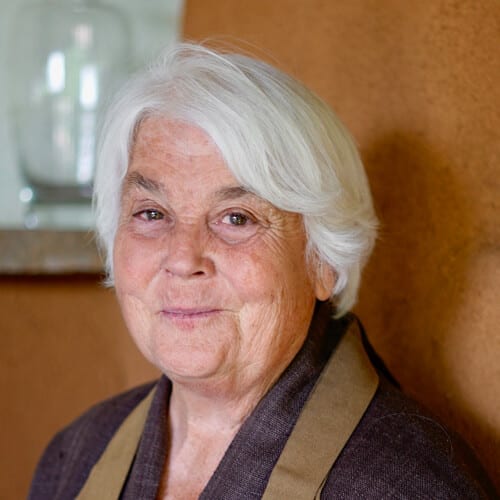At the saw-toothed edge of autumn, violent forest fires obscured the noonday sun at Green Gulch Farm. Ominous clouds of charcoal soot and thick, vermilion smoke darkened the Pacific Northwest, covering the last rows of butter lettuce with ghost-gray ash.
Mindfulness must be engaged. Once there is seeing, there must be acting. Otherwise what is the use of seeing?
Eight months ago the fields lay fallow at Green Gulch, the Soto Zen farm and practice center where my husband and I trained for 25 years before moving into our current home next door. It was early March then, the coastal headlands above the Gulch pale blue, blowing with wild lilac and late rain. California had just ordered the nation’s first shelter-in-place mandate in an attempt to staunch the rising tide of COVID-19 cases. One of the last formal ceremonies offered at Green Gulch before the sangha began sheltering in place was the annual seed-sowing ceremony, which opened this year’s agricultural season with a chant of dedication:
We offer the sowing and tending of these seeds to our great,
original teacher Shakyamuni Buddha
Whose real nature is in harmony with the mysterious process of
living and dying . . .
May we labor in love and awareness and with deep humility open to
the true nature of all being!
A few months later, the fields were arrayed in a tapestry of dark green kale, golden beets, red mustard, collards, rainbow chard, purplette onions, and multi-hued lettuce—all ready for harvest just as access to the Bay Area farmers markets closed down in May due to a surge in coronavirus cases.
I have come to see making sure that people have the food and medicine they need to sustain a healthy life full of dignity and moral clarity is essential Buddhist practice.
Our Zen farm quarantined and unable to go to market, we needed a new plan for our crops. So when the current Green Gulch residents entered into “no coming, no going” isolation, my farmer-husband, Peter, and I offered to mask up and load our vintage red Toyota farm truck with harvest bounty to share across the increasingly food-insecure Bay Area community.

Our donation plan was simple. The farmers at Green Gulch would grow and harvest all the food and prepare it for distribution. Peter and I would go to the Gulch three or four times a week to load stacks of fresh produce and seedlings. We would deliver these offerings to a network of three former farm apprentices, dharma colleagues, and dedicated food activists who would distribute the food throughout the community in places where it was most needed.
Engaged Dharma Meets Deep Ecology
For almost fifty years of my Zen training, the linked practices of engaged dharma and deep ecology have been at the core of my practice. Deep ecology asks that we recognize the interdependent nature of all species in the living world without focusing on their potential usefulness to human beings. Grounded in meditation and enlivened by kinship with plants and the work of organic gardening, this practice in combination with engaged dharma is dynamic, nonlinear, and rooted in universal change. Because of this, when pandemic pandemonium pushed us to pivot this year, we were able, in our small, local way, to respond to rampant food insecurity.
Thích Nhất Hạnh underscored the intimacy of sharing goods and material resources directly, warm hand to warm hand.
When I engage in this work, I look to the wisdom of my teachers. As my root teacher, the Zen monk Thích Nhất Hạnh often said: “Mindfulness must be engaged. Once there is seeing, there must be acting. Otherwise what is the use of seeing?” Bhikkhu Bodhi, the activist scholar-monk who founded Buddhist Global Relief in 2008, holds that all beings must have access to safe, nutritious, and culturally appropriate food and medicine. Like Bhikkhu Bodhi, I have come to see making sure that people have the food and medicine they need to sustain a healthy life full of dignity and moral clarity is essential Buddhist practice.
In the Anguttara Nikaya the Buddha taught “In giving food, one gives five things: life, beauty, happiness, strength, and mental clarity.” This insight informs 2nd-century scholarship attributed to Indian philosopher and monk Nagarjuna. He is one of the primary sources for the teaching on the three forms of far-reaching generosity, which include the generosity of material resources, of dharma teaching, and of non-fear. Thích Nhất Hạnh regularly emphasized the importance of Nagarjuna’s fundamental teachings. Material support, a form of dana, is considered the root of all good dharmas. In its worldly form of food, medicine, shelter, and clothing, true material generosity never discriminates between giver, receiver, or gift. Thích Nhất Hạnh underscored the intimacy of sharing goods and material resources directly, warm hand to warm hand. The original teachings remind us that to give with faith and respect, without harming any being and without any expectation of praise or reward, brings benefit without limit and generates an abiding wealth of spirit.
Even fear is frightened by the bodhisattva’s fearlessness.
Rooted in the soil of material generosity, good dharma teaching grows. The words “dharma” and “farm” share a common etymological root, dher, meaning to uphold and support. A good farm upholds and supports the vow to feed a hungry world. This generosity turns the wheel of dharma and opens the door to its grounded teachings.
Last of all, the generosity of material support and dharma teaching generates courage for consequential times. Fearlessness is expressed in the timeless gesture of the upheld naked palm indicating the absence of weapons and a readiness to meet all that arises. Trungpa Rinpoche confirms that with this kind of spiritual courage: “Even fear is frightened by the bodhisattva’s fearlessness.”
Sharing Food, Warm Hand to Warm Hand
Many school gardens across the Bay were fallow when our guerilla team of partners began planting them with close to 20,000 organically grown seedlings donated by Green Gulch. These plants were entrusted to a range of school gardens and public community plots around the Bay, from Marin City to San Pedro public school to Martin Luther King Jr. Middle School in North Berkeley (where surplus plant material was later shared with the Oakland public school district) and to several community garden projects in San Francisco and beyond. Now, in late autumn, as some children are able to return to school, they are astounded by tangled vines of Armenian cucumbers and drifts of ripe Sungold tomatoes spilling across the pathways leading to their classrooms. Some of these same schools ran active food giveaway programs all summer long to distribute surplus produce from their Zen-fed gardens.
In Marin City just six miles south of Green Gulch, the local People’s Inter-Cities Fellowship Church received at least six crates a week from May to October of fresh vegetables to cook and share with hungry parishioners. The nearby Community Services District has planted their annual senior citizen’s garden chock-full of robust collards, curly mustard, and burgundy Romaine lettuce destined for a long winter harvest.
During the height of the growing season Peter often made two trips a week, his truck loaded to capacity with produce, to donate to Berkeley Food Network. This community-centered food hub was established in 2016 to feed the City of Berkeley, where one in five residents are food insecure. Berkeley Food Network runs an onsite pantry and many mobile food pantries, pop-up grocery giveaway sites throughout the city, and hub kitchens where more than 1,000 meals per week are prepared and served by volunteer Bay Area chefs cooking recovered and donated food for hungry citizens. One of our closest colleagues this summer was The Cultural Conservancy, a beloved place-based, indigenous-led intertribal organization that Peter and I have been working with for almost a decade. From May through October we met with Maya Harjo, who is Quapaw, Shawnee, Muskogee Creek, and Seminole and the young director of the Native Foodways project at The Cultural Conservancy, to transfer ten to twelve boxes of fresh Green Gulch produce into her truck.
Fearlessness is expressed in the timeless gesture of the upheld naked palm indicating the absence of weapons and a readiness to meet all that arises.
At The Cultural Conservancy Maya and other young Native staff tend their traditional harvest fields of Seneca flint corn, Chimayo chile peppers, Lakota squash and Bear Paw beans. These medicine crops are supplemented with cool coastal relatives from Green Gulch: dinosaur kale, knobby fingerling potatoes, and huge bunches of savoy spinach. Every week boxes filled with this produce are distributed to feed families through the California Indian Museum, the American Indian Children’s Resource Center in Oakland, and the Sogorea Te Land Trust, a women-led urban indigenous organization that honors sacred sites and ancestral burial grounds throughout the California East Bay region.
It is past mid-autumn now, and the long California growing season has waned. Late light slants low, down to the root system of Candy Roaster winter squash ripening honey gold beneath the gaze of exhausted sunflowers.
The US death toll from COVID-19 has topped 250,000, with more than 1.3 million deaths worldwide. The West Coast wildfires were a vivid representation of the devastation and they were far from symbolic. The ash and smoke of the California climate fires carry visible traces of countless plant and animal relatives vaporized in the blazes. The great nature of endless interdependence upholds the truths and continued aspirations of this arduous year, echoed in the meal chant from Upaya Zen Center:
Earth, air, water, fire and space
Combine to make this food
Numberless beings give their life and labor that we may eat.
May we be nourished that we may nourish life!
Originally published as “A Zen Harvest” in Tricycle: The Buddhist Review, November, 2020.







